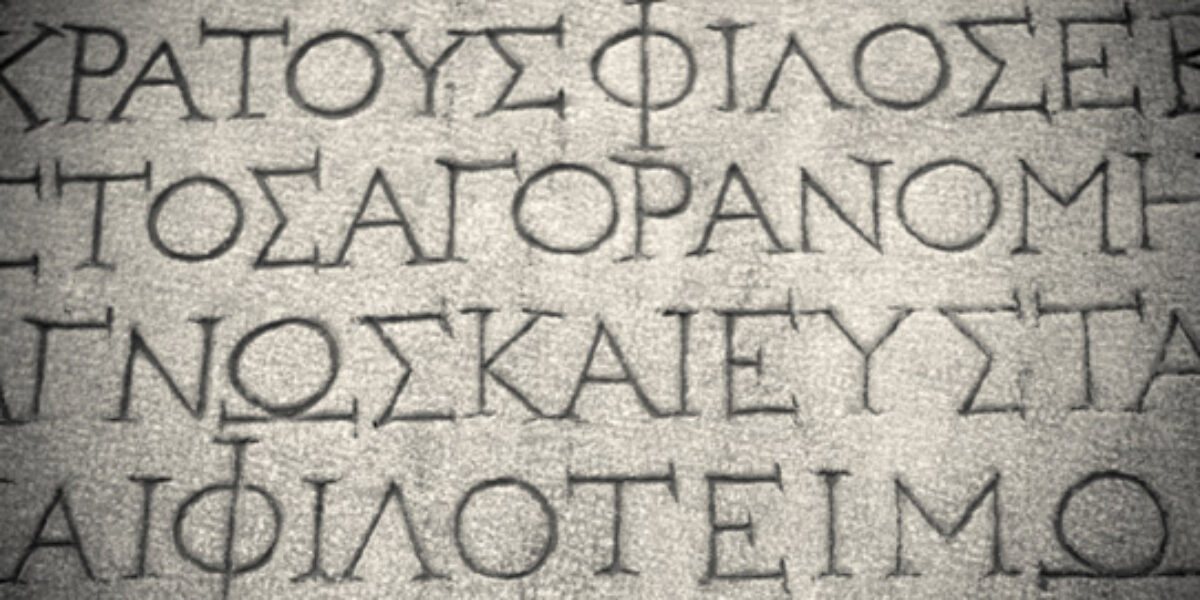In a courtroom, a testimony is more believable if there are multiple witnesses. Find out how ancient writings are witnesses to the truths found in the Bible
Bible translators sometimes have difficulty rendering accurate translations of certain Hebrew words until these words (or words similar to them) are discovered in other ancient writings. These writings can then be compared with biblical words, and the meaning of the Hebrew becomes clearer. Some of these ancient writings describe religious practices, government policies, history, and the cultures of nations that surrounded ancient Israel. Ancient documents were written on stone and clay tablets, broken pieces of pottery (called “ostraca”), or on parchment made from animal skins and papyrus. Papyrus is a writing material made from the plant of the same name.
One important document discovered by archaeologists is the Cyrus Cylinder, a 10-inch long clay barrel. This was written in the Akkadian language in the 500 B.C.
The inscription tells how King Cyrus of Persia defeated the kingdom of Babylonia. It also tells that Cyrus was generous toward his new subjects and allowed them to practice their own religions. Similarly, the biblical book, Ezra, tells that Cyrus allowed the people of Judah to return to their homeland with what remained of the treasures that the Babylonians had taken from the temple in Jerusalem (Ezra 1:1-11). Other ancient documents, which describe events reported in Ezra and Nehemiah, have also been discovered through archaeology.
In 927 B.C., King Shishak of Egypt attacked Jerusalem and looted the temple (1 Kings 14:25,26; 2 Chronicles 12:2-4). Writings from the court of King Shishak found by archaeologists on the walls of the temple of Amun in Thebes (Egypt) tell of this event and about the other cities that Shishak destroyed in Palestine. His military campaign was waged against Israel after Solomon’s death when Israel was weak and divided into northern (Israel) and southern (Judah) kingdoms.
One of the most exciting archaeological finds ever occurred in 1947 when a shepherd boy wandered into a cave searching for a lost sheep. He found many ancient clay jars containing scrolls. The cave was located just west of the Dead Sea, so these important documents have come to be known as the “Dead Sea Scrolls.” These scrolls include a variety of writings about the Essene community that lived in the wilderness area near these caves from around 250 B.C. to 68 B.C. The Essenes were a group of very religious people who left Jerusalem for religious and political reasons and settled in the secluded location around Qumran. But perhaps the most interesting documents discovered there were the scrolls of Old Testament books, the oldest copies of Hebrew Scriptures currently known. Of these, the most precious find is the “Isaiah Scroll.” It contains a complete copy of Isaiah, which was copied around 150–50 B.C. The parchment is over 20 feet long and remarkably well preserved.




